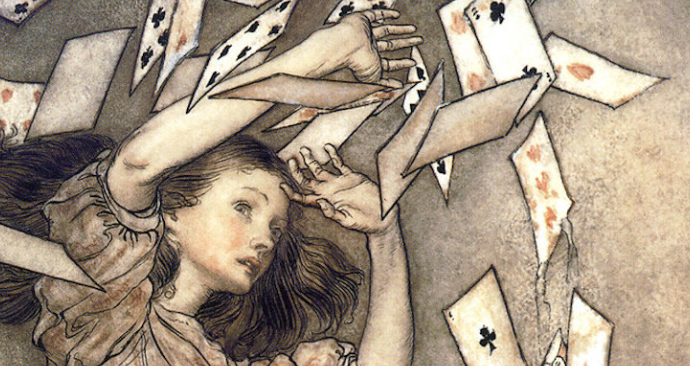Alice in Wonderland, penned by Lewis Carroll, has enchanted readers for generations, offering a whimsical journey through a fantastical world filled with playful language and bizarre characters. Its enduring popularity stems from its exploration of themes such as identity, curiosity, and the nonsensical nature of life. This literary phenomenon continues to inspire countless adaptations, making it a pivotal work in English literature.
Lewis Carroll: The Mind Behind the Madness
Charles Lutwidge Dodgson, known by his pen name Lewis Carroll, was not only a writer but also a mathematician and logician. His background in mathematics greatly influenced the structure and rhythm of his prose, allowing him to blend logic with imagination seamlessly. Carroll’s unique perspective enabled him to create characters and scenarios that challenged conventional reasoning, prompting readers to embrace the absurd. His fusion of fantasy with intellectual inquiry appeals to both children and adults, encouraging them to ponder deeper philosophical questions amidst the nonsense.
Thematic Depth and Symbolism
Alice in Wonderland is rich with themes that resonate across age groups. The journey of Alice symbolizes the transition from childhood to adulthood, reflecting the confusion and chaos often experienced during this change. The characters, from the chaotic Mad Hatter to the enigmatic Cheshire Cat, serve as representations of various aspects of society and human psychology. Additionally, Carroll employs symbols like the white rabbit and the garden to explore curiosity and the desire for knowledge, inviting readers to consider their own relationships with these themes.
Cultural Impact and Adaptations
Since its publication in 1865, Alice in Wonderland has infiltrated various media, from animated films to stage adaptations and even video games. The story’s visual and imaginative elements make it a favorite among artists and filmmakers, resulting in a multitude of interpretations that resonate with diverse audiences. The phrases and characters from the book have entered popular culture, shaping our language and creativity. As new adaptations continue to emerge, the timelessness of Carroll’s work ensures that Alice remains a relevant figure in the literary world.
Alice in Wonderland invites readers into a whimsical realm rich with interpretation and wonder. If you haven’t yet taken the plunge into this enchanting world, consider revisiting the narrative or exploring one of its many adaptations. Embrace the curiosity that Alice embodies and let your imagination run wild!
